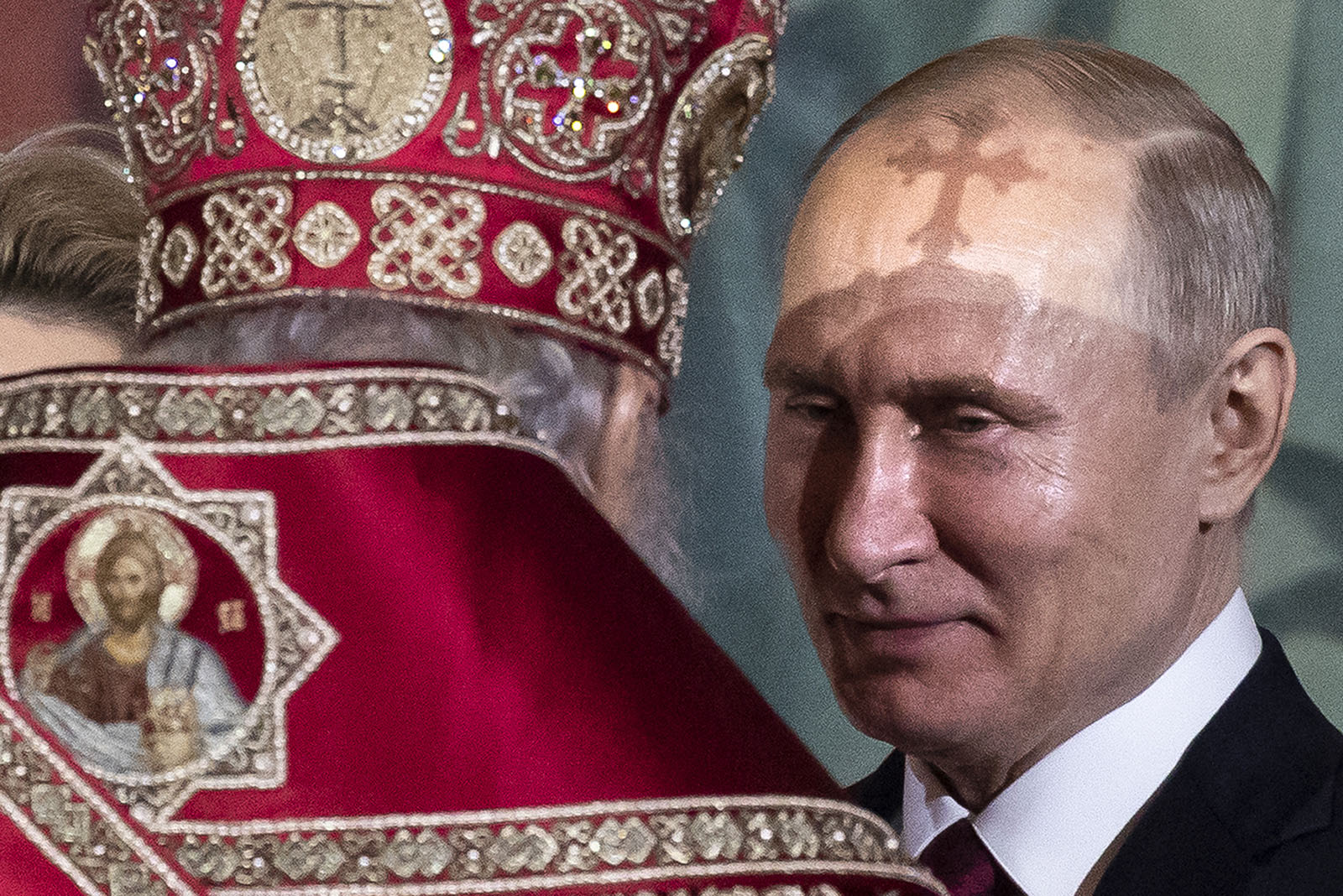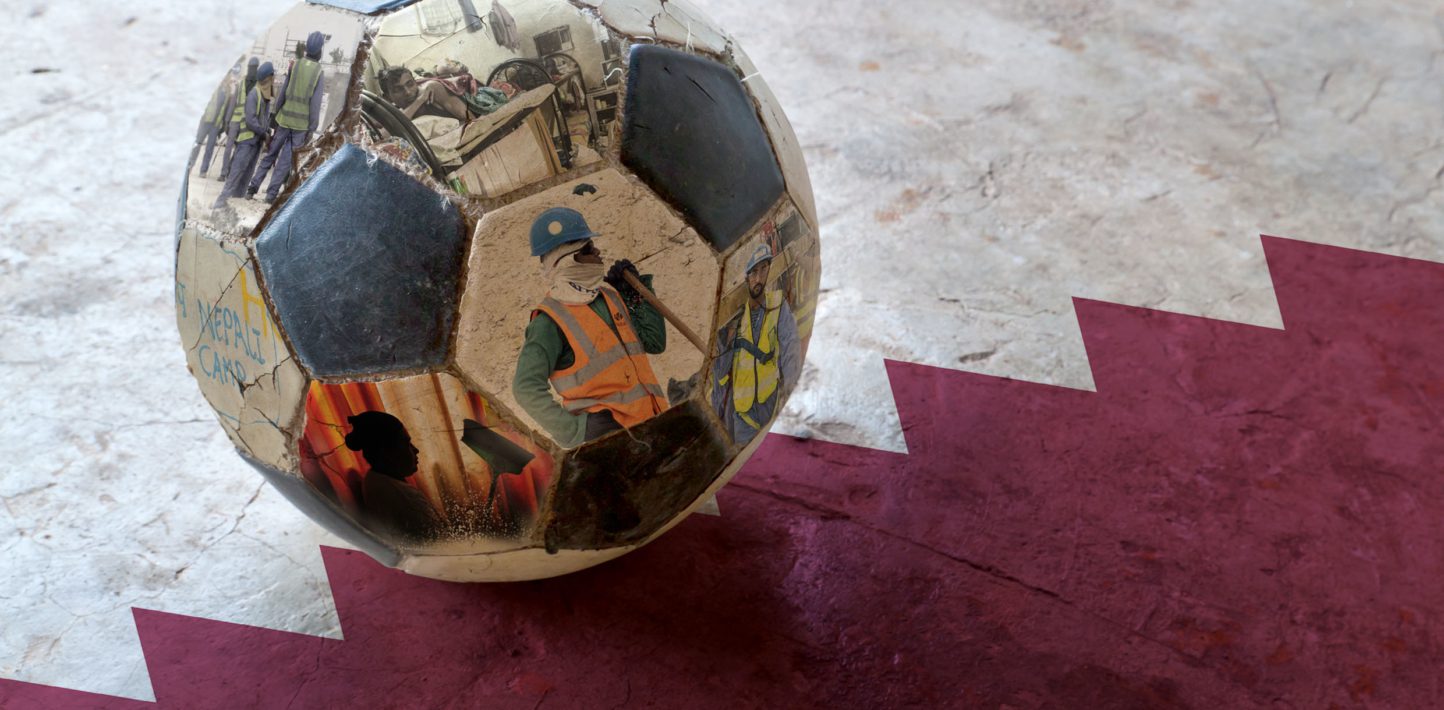by Emma Celeste Thornley

The Canadian Charter of Rights and Freedoms enshrines a number of individual rights considered to be essential to the preservation of human rights. Among these are freedom of religion, expression, and association; the right to life, liberty and security of the person; and freedom from unreasonable search, seizure and arbitrary detention. It is a common assumption that these rights and freedoms are absolutely inalienable and immutable. That assumption is wrong.
The notwithstanding clause, otherwise known as Section 33, was introduced to the Canadian Charter by Pierre Trudeau’s office; it was a concession to satisfy concerns that the Charter of Rights, as Trudeau’s office had initially drafted it, was “too powerful” (Zimonjic, 2022). The language of Section 33 holds that parliament, or the legislature of any given province, could temporarily disregard a provision of the Charter outlined in sections 2, or 7-15 (Government of Canada, 2022). There are, of course, limitations; any declaration made via the notwithstanding clause shall cease to be of effect five years after its implementation, though it can be renewed at the end of that 5-year term. At the time of the Charter’s drafting, Section 33 was intended as an escape-hatch (Zimonjic, 2022), evocative of the American “state’s-rights” model. The general understanding was that the notwithstanding clause ought to be a last resort, utilized only in the most unusual of circumstances. By its definition, the notwithstanding clause had the power to disrupt the execution of a number of fundamental Charter principles.
While this power may seem overwhelming on its face, the ability to disregard or supersede an established Charter right is not an unprecedented one. There is a process, called the Oakes Test, by which laws that limit a Charter right can be evaluated as justifiable or an overreach of power. It is a litigious procedure, arising from the Supreme Court of Canada’s ruling in R v Oakes.
This 1986 case saw the accused, Oakes, charged with possession for the purposes of trafficking after police caught Oakes with hashish oil and cash on his person. Oakes held that the drugs were his own and that he had no intent of selling them; yet, at the time, Section 8 of the Narcotics Control Act, under which he had been charged, held that anyone found with illegal drugs on them was presumed guilty of trafficking. This established a “reverse onus” in Oakes’ criminal trial. Rather than the burden being upon the state to prove his guilt beyond a reasonable doubt, Oakes had to prove his innocence (Centre for Constitutional Studies, 2019). Oakes and his lawyers challenged the constitutionality of this onus, claiming it violated his Section 11(d) Charter Right to the presumption of innocence until proven guilty. The Supreme Court agreed this right had been violated. The ultimate question, however, was whether the violation of this right was justifiable under Section 1 of the Charter: “The Canadian Charter of Rights and Freedoms guarantees the rights and freedoms set out in it subject only to such reasonable limits prescribed by law as can be demonstrably justified in a free and democratic society.”
The SCC ultimately ruled that to determine if a law’s imposition on an established Charter right was justifiable, the imposition had to pass a series of tests: first, that the law under review has a goal which is both “pressing and substantial”. Second, that the law limits the right in question only in such a way as is rationally connected to the law’s purpose. Third, the law must minimally impair the right. Fourth, the imposition upon the right is proportional to the effect of the law (Centre for Constitutional Studies, 2019). The Oakes Test is consequentially an effective, consistent measure by which to test whether a law has justifiably infringed upon a Charter right.
The notwithstanding clause’s metric of measurement is nowhere near as comprehensive nor consistent. It is typically invoked when there is a controversial court ruling (McKenzie-Sutter, 2022) and it can, in theory, provide a sanctified avenue by which provincial governments can override federal authority should a federal government overstep their jurisdictional reach (Callaghan, 2021). Supporters of the notwithstanding clause have opined that “It’s entirely possible that a judicial body will make a judgment on rights that many find abhorrent. Under a system where they wield ultimate authority over the matter, there is little recourse to challenge that judgment. The recent decision by the United States Supreme Court to overturn Roe v. Wade is a stark example of this reality” (Callaghan 2021). While the notwithstanding clause is undoubtably conceptually admirable, its application has been controversial and, at times, in contradiction of Canadian citizens’ rights. Section 33 has been invoked some 26 times since its implementation. The majority of those invocations were tabled by Quebec. Most make it past initial invocation and into enactment. Some instances of particularly controversial uses of the notwithstanding clause in recent memory are Alberta’s 2000 case, Quebec’s 2019 case, and Ontario’s 2018, 2021 and 2022 cases.
In the first instance, Alberta invoked the notwithstanding clause in response to the federal government’s passing of Bill C-23 (CBC, 2012). Bill C-23 guaranteed same-sex couples the same benefits as heterosexual couples after a year of cohabitation. Alberta responded by passing Bill 202, which threatened to invoke the notwithstanding clause should Canada ever redefine marriage to anything other than a man and woman (CBC, 2012). The misuse of the notwithstanding clause is self-evident; the Supreme Court of Canada agreed, declaring Bill 202 and its threatened use of the notwithstanding clause ultra vires, or beyond legal authority, as of 2004 (S.C.R. 698, 2004).
In 2019, Quebec introduced the controversial Act Respecting the Laicity of the State, otherwise known as Bill 21. You may recall the furor that arose in the media after Quebec declared their intention to invoke the notwithstanding clause to support this act, which prohibited civil service employees and public teachers from wearing religious symbols, like kippahs, crosses and hijabs while working (Souissi, 2021). Quebec was successful in implementing the notwithstanding clause. Given the notwithstanding clause’s mandatory five year renewal, it may be overturned in the future; it will, regardlessly, impact the religious liberties of Quebec citizens in the meanwhile.
Ontario’s history with the notwithstanding clause is recent, and resultantly unique. In the province’s history, the notwithstanding clause has been utilized three times. First, in 2018, when the Ontario provincial government utilized Section 33 to reduce the number of wards in Toronto from 47 to 25. This reduction occurred alongside a municipal election, raising concerns that the Ford administration was severely infringing upon the democratic rights of voters (Ahmed, 2022). The second invocation occurred in 2021, when the Ford administration passed the Protecting Elections and Defending Democracy Act. In sum, the act prohibited third-party election advertising and advocacy during the election period, such as labour unions. The legislation was found to override the Charter, and was consequently struck down by Ontario Courts (Kelly, 2022). In response, Ford’s administration overrode the Court using the notwithstanding clause. More recently, Ford’s administration tabled the Keeping Students in Class Act, which utilized the notwithstanding clause to mandate striking teachers back to work. It was lambasted as an “unprecedented attack on workers’ rights” (Koskie Minsky LLP, 2022), and consequently revoked and deemed “never in force” (Legislative Assembly of Ontario, 2022).
In sum, the Charter of Rights and Freedoms is not the inflexible pillar it is sometimes perceived to be. In some instances, its “bending” is to the benefit of the citizenry. Section 33 could permit provincial governments to reject federal overreach, an insulation against oversteps by any prime minister’s administration. Yet like so many things, the notwithstanding clause can be invoked in ways that hinder, rather than uphold, basic rights. The “legalese” used to describe related governmental acts and resultant action can alienate most of us from the realities of what is being passed as law. That alienation may prevent us from realizing how, and when, Charter Rights and Freedoms are eroded without reasonable cause.
There is no question that we are privileged to live in a country like Canada. It is imperfect, and has a longstanding history of colonial violence, but it also has an established constitutional rights framework by which to challenge our own persisting human rights issues. Other nation-states do not necessarily have the same constitutional protections. Given our comparative privilege, it can be easy to forget that human rights are hard-won and, in some instances, easily lost. It is our civic duty to vigilantly monitor the ways in which our rights and freedoms as Canadians are in flux, to prevent government overreach at all levels. If the history of the notwithstanding clause can offer us any insights, it is that human rights are a constant practice, and not a milestone of democracy. We must constantly be mindful of how our rights adjust and flux, decade to decade, administration to administration.
Work Cited
Ahmed, H. (2022, August 8) Toronto v Ontario: Municipal Elections, Freedom of Expression, and Provincial Authority. Centre for Constitutional Studies. https://www.constitutionalstudies.ca/2022/08/toronto-v-ontario-municipal-elections-freedom-of-expression-and-provincialauthority/
Callaghan, G. (2022, July 6) In defence of the notwithstanding clause: Why Canada should hold onto it. The Conversation. https://theconversation.com/in-defence-of-the-notwithstandingclause-why-canada-should-hold-onto-it-186375
CBC (2012, January 12) TIMELINE: Same-sex rights in Canada. https://www.cbc.ca/news/canada/timeline-same-sex-rights-in-canada-1.1147516
Kelly, Y. (2022, March 21) Ontario’s Bill 307 does more to restrict democracy than protect it. York Region News. https://www.yorkregion.com/opinion-story/10591141-ontario-s-bill-307-does-more-to-restrict-democracy-than-protect-it/
Koskie Minksky LLP (2022) The Keeping Students in Class Act. https://www.lexology.com/library/detail.aspx?g=e7137110-7583-4533-9f18-468074bd55c1
Legislative Assembly of Ontario (2022) Bill 35, Keeping Students in Class Repeal Act, 2022. https://www.ola.org/en/legislative-business/bills/parliament-43/session-1/bill-35
McKenzie-Sutter, H. (2022, Oct 31) What is the notwithstanding clause? An explainer on the rarely used provision. CTV News. https://toronto.ctvnews.ca/what-is-the-notwithstandingclause-an-explainer-on-the-rarely-used-provision-1.613270
Reference re Same-Sex Marriage, [2004] 3 S.C.R. 698, 2004 SCC 79. https://scccsc.lexum.com/scc-csc/scc-csc/en/item/2196/index.do
Souissi, T. (2021, December 17) Bill 21 (An Act Respecting the Laicity of the State) The
Canadian Encyclopedia. https://www.thecanadianencyclopedia.ca/en/article/bill-21



